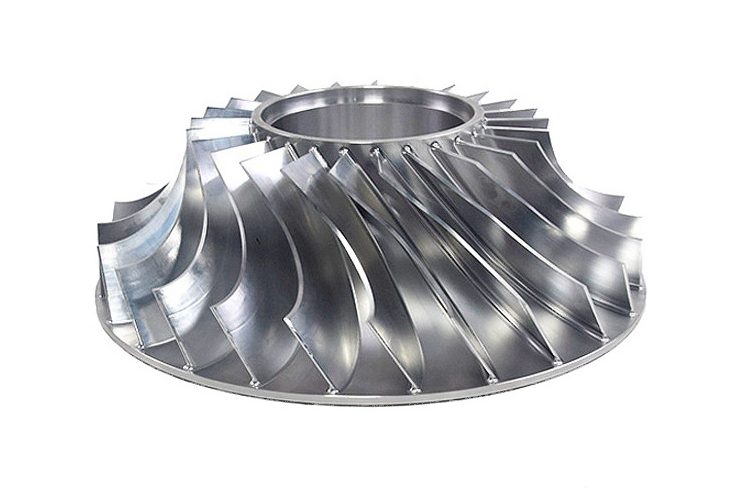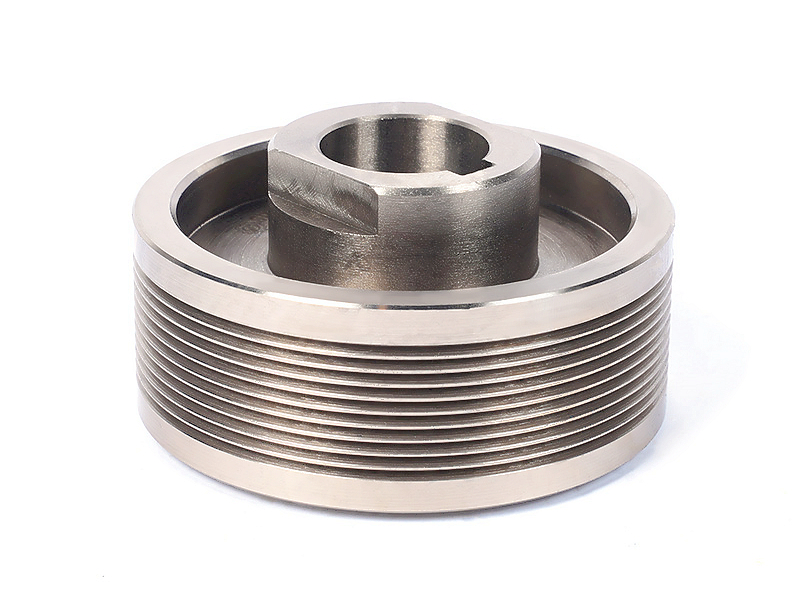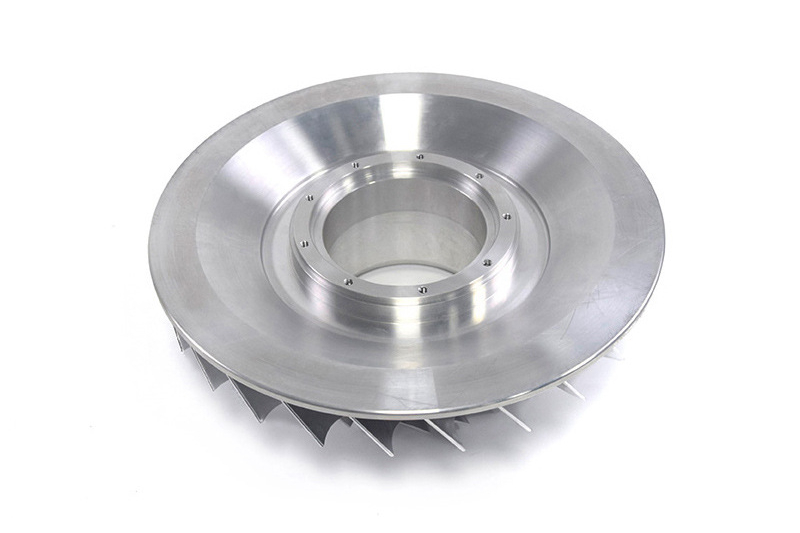How do small-batch and large-batch titanium production differ in approach?
The approach to small-batch versus large-batch titanium production differs fundamentally, shifting from a focus on flexibility and speed to one of optimization and marginal gains in terms of cost and consistency. These are not merely differences in volume but in core philosophy, process design, and economic drivers.
Production Philosophy and Economic Drivers
Small-batch production is characterized by its high-mix, low-volume nature. The primary drivers are flexibility and speed-to-market. This is typical in CNC Machining Prototyping and Low Volume Manufacturing for R&D, custom medical implants, or specialized aerospace components. The cost model is often dominated by setup and engineering time rather than raw material. In contrast, large-batch production is a low-mix, high-volume endeavor driven by efficiency, unit cost reduction, and consistency. The economics shift towards maximizing equipment utilization, minimizing cycle times by seconds, and leveraging material purchasing power, akin to principles used in Mass Production Service.
Process Setup and Tooling Strategy
This is where the most significant tactical differences emerge. For small batches, the goal is to minimize setup time. This involves using universal fixturing like vises and modular tombstones, and employing standard, off-the-shelf tooling. Machining strategies prioritize simplicity and reliability over absolute speed, often relying on the capabilities of Multi-Axis Machining centers to complete parts in a single setup to avoid realignment issues.
For large batches, the approach is the opposite. Significant upfront investment is made in dedicated, custom fixturing that holds multiple parts simultaneously and allows for quick loading/unloading. Tooling is often customized—special geometries, premium substrates, and advanced coatings—to push the limits of feed and speed while maintaining tool life across thousands of parts. Processes are broken down and distributed across multiple machines or dedicated pallet cells to create a streamlined production line.
Machining Parameters and Quality Assurance
In small-batch production, machining parameters are often conservative to ensure first-part success and avoid scrapping expensive titanium material. Quality assurance is intensive and per-part, with full First Article Inspection and potentially 100% inspection of key features, given the high value and critical nature of each component.
In large-batch production, parameters are aggressively optimized during a process validation phase. The goal is to establish a stable, capable process where statistical process control (SPC) can replace 100% inspection. After initial validation, quality checks transition to a sampling-based system, relying on the consistency of the dedicated process to maintain tolerances. The focus of Precision Machining Service here is on process capability (Cpk) rather than individual measurement.
Supply Chain and Post-Processing
Small batches typically use stock material from distributors, accepting a premium for immediacy. Post-processing steps like Heat Treatment or PVD Coating may be handled through a network of specialized vendors, managed by the machine shop as part of a One Stop Service.
Large batches justify purchasing material directly from mills, with strict certification and lot traceability. To maintain control and efficiency, post-processing is often integrated or batch-processed under a tightly controlled schedule, turning the workflow into a true production line.
Summary: A Comparative Table
Factor | Small-Batch Production | Large-Batch Production |
|---|---|---|
Primary Driver | Flexibility, Speed | Efficiency, Unit Cost |
Setup & Tooling | Universal fixturing, standard tools | Dedicated fixtures, custom tooling |
Machining Strategy | Conservative, reliable, single-setup | Aggressive, optimized, line-based |
Quality Focus | 100% inspection, first-part success | Statistical Process Control (SPC) |
Supply Chain | Distributor stock, vendor network | Mill direct, integrated processing |



